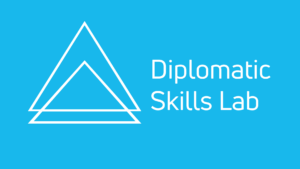Frequently Asked Questions
Who are your training courses for?
Our courses look to build your knowledge, confidence and skills for working in the EU and other international organisations as well as in national administrations and diplomatic missions. We provide training for your place of work. If you’re interested in what we offer, please ask your organisation to get together a group of colleagues who can do the training with you.
What makes your training different from the other training available?
In which languages do your training courses take place?
Our courses are typically delivered in English without interpretation, but we also run the same courses in German if requested.
Is your training face-to-face or online?
We prefer to train face-to-face because we believe this offers the easiest, most direct and secure form of communication with course participants. They spend more time with us, we can pass on more experience, and they learn more from us this way.
Face-to-face training is usually provided in facilities arranged at and by your place of work. These should have presentation equipment, sufficient tables and chairs and, ideally, space for break out groups. Training courses last for one or two days depending on the subject matter and take place from 09.30 to 17.30. Suitable breaks are provided for lunch and coffee. We encourage participants to bring their mobile phones and laptops to the course.
But all of our training courses can also be delivered online via Zoom. These are of necessity compressed, lasting no more than four hours on any day (09.00 to 13.00 or 13.30 to 17.30) with one coffee break. Participants must have their own and not a shared laptop with a functioning camera and microphone. We ask participants to keep their camera on throughout the training.
How many participants does each training course have?
Is your training theoretical or practical?
What do you mean by practical exercises?
You also offer personalised feedback and mentoring?
